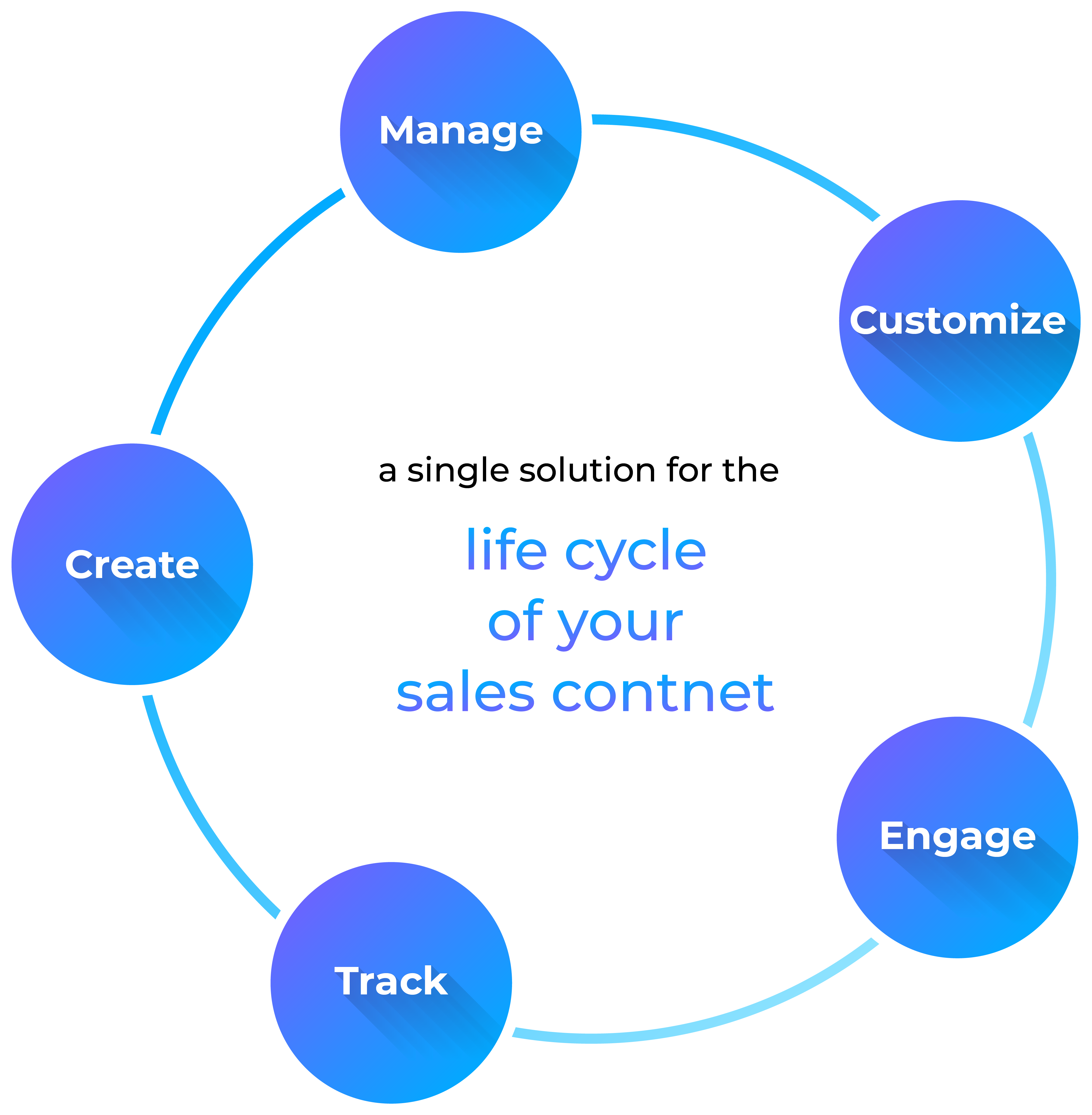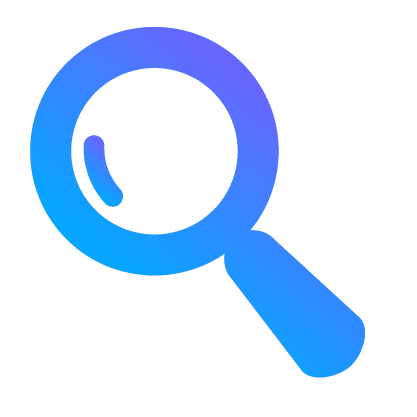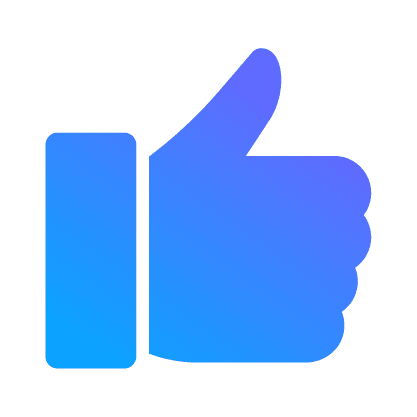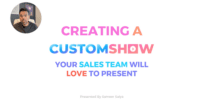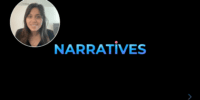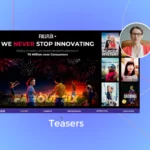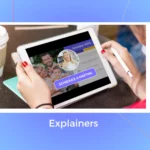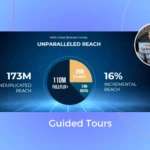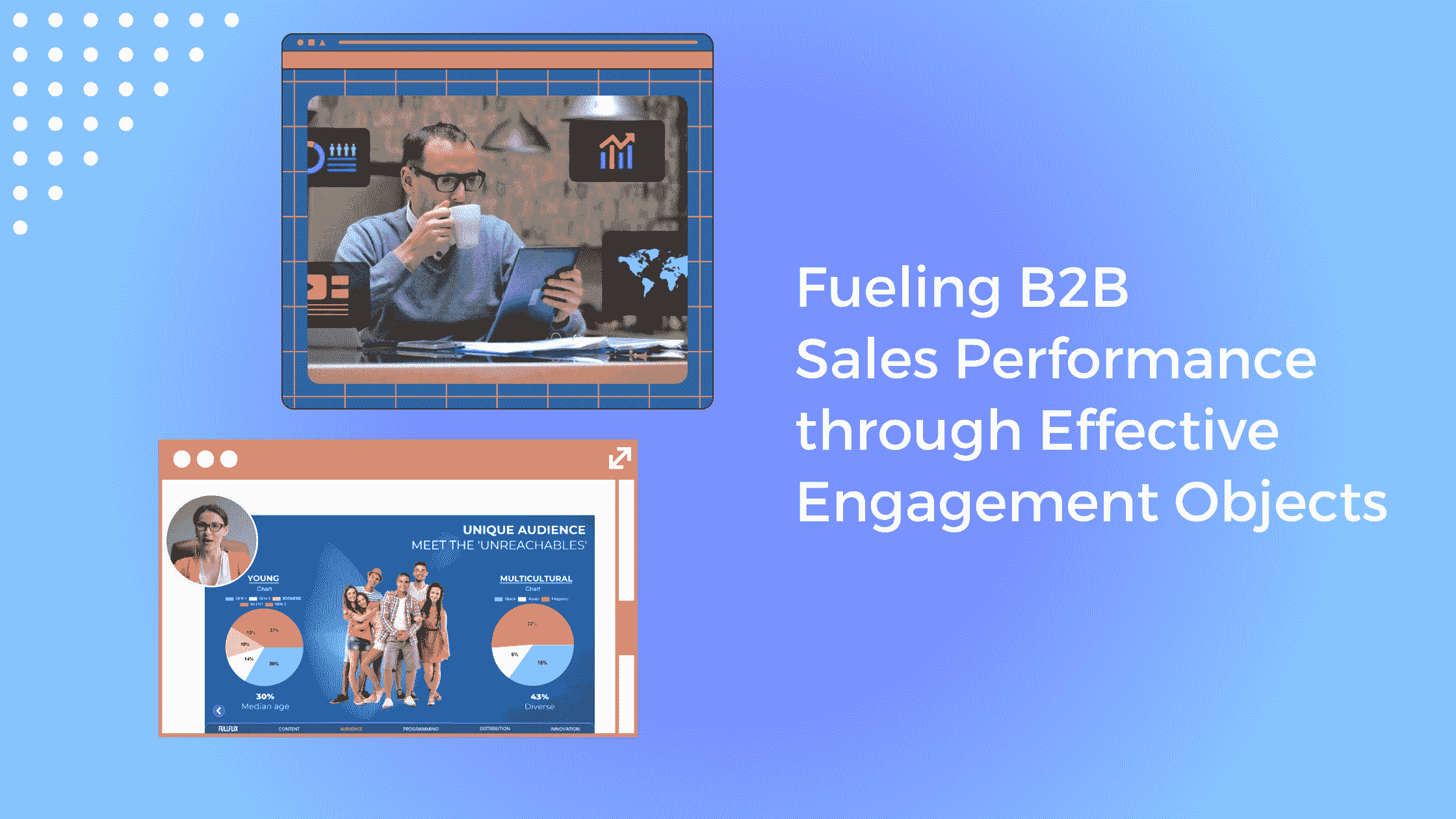Traditionally, sales collateral such as brochures, sell sheets, and case studies have played a vital role in supporting the B2B sales process. However, changes in customer behavior have made traditional sales collateral less effective. Today, customers have shorter attention spans and their preferences have shifted towards self-discovery and personalized solutions. To overcome these limitations and improve sales performance. It is crucial to rethink the relevance of sales collateral and embrace engagement objects that foster customer engagement and sales enablement.
Changing Customer Behavior:
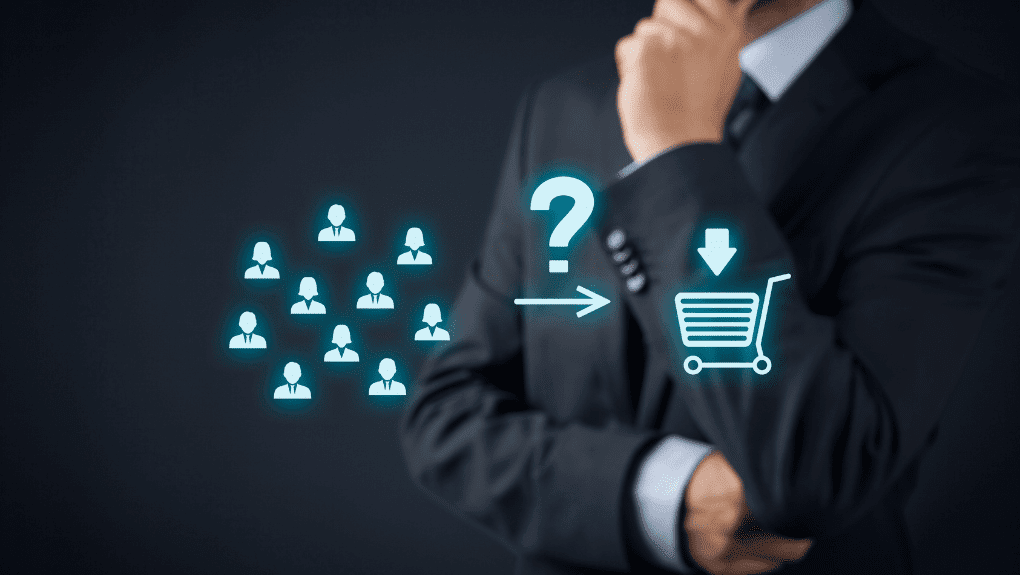
Over the past decade, various factors have contributed to a significant shift in customer behavior:
- The constant barrage of information from social media and mobile devices has reduced attention spans and made it challenging to attract and retain engagement with text-heavy sales collateral.
- Customers have become adept at filtering out sales solicitations, hindering sales teams’ ability to connect, understand customer needs, and infer intent.
- Customers now prefer to undertake their own customer journey, focusing more on solving their problems rather than vendor features and benefits.
As a result, traditional sales engagement techniques fail to satisfy customer’s preferences and hinder sales growth.
New Norms for Customer Engagement:
To successfully engage customers and drive sales enablement, it is crucial to adapt to the new norms of customer engagement. Here are the three rules that will dramatically improve your customer engagement:
Make it snackable: Attention spans have become shorter, so it is essential to deliver sales content that can be consumed quickly. Short, concise pieces of content tend to be viewed and shared more readily.
Focus on video: Most audiences dislike reading lengthy text-heavy content. They prefer 30-second to 1-minute videos.
Enable Personalization: Design content that can be easily personalized by the sales team.
Evolving Sales Collateral into Engagement Objects:
To boost sales performance, sales collateral needs to transform into engagement objects that align with customer needs, enable personalized customer journeys, and empower customers to make informed decisions. These engagement objects, coupled with professional ghostwriting services, act as catalysts for guiding customers through the decision-making process, encouraging them to view and share the content. By embracing these engagement objects, businesses can shorten the sales cycle and enhance sales effectiveness.
Essential Engagement Objects for Sales Enablement:
Here are four essential engagement objects that can fuel sales enablement and drive business growth:
- Teasers: Initiating communication to determine if the recipient has a specific problem and gauging their interest in exploring possible solutions. This could be a simple face and audio recording over any content (a Narrative).
- Explainers: Providing valuable content that helps salespeople align the prospect’s problem-solving strategy with the offering, uniquely positioning the business compared to competitors.
- Guided Tours: Allowing salespeople to engage prospects without the need for pre-sales resources, offering inspired moments that showcase how the product/service solves key problems.
- Slide Library: Empowering salespeople to create engaging and personalized presentations that resonate with the audience, promoting relevance and attention throughout the pitch.
The order in which these engagement objects are exposed to prospects will vary based on the sales cycle and complexity of the offering. As businesses grow, additional engagement objects can be incorporated to continually enhance sales performance.
Conclusion:
In today’s rapidly evolving sales landscape, relying solely on traditional sales collateral is no longer sufficient to drive sales performance. By adopting effective engagement objects, businesses can adapt to changing customer behavior, deliver personalized experiences, and accelerate decision-making. Embracing these engagement objects will lead to improved sales enablement, shorter sales cycles, and enhanced sales effectiveness.
Next Steps
We hope that this article has helped you to understand the importance of sales performance. Take a look at how Zoomifier could help in your B2B sales situations.


